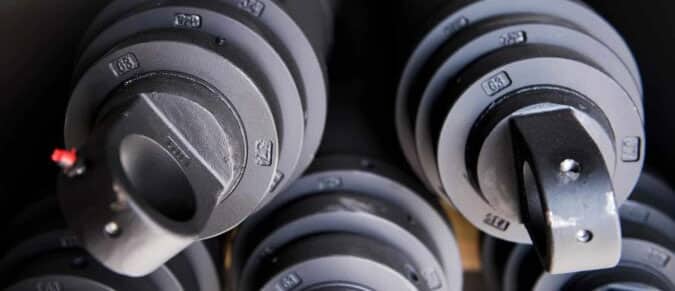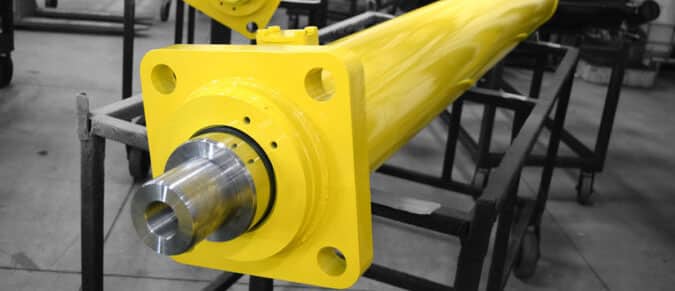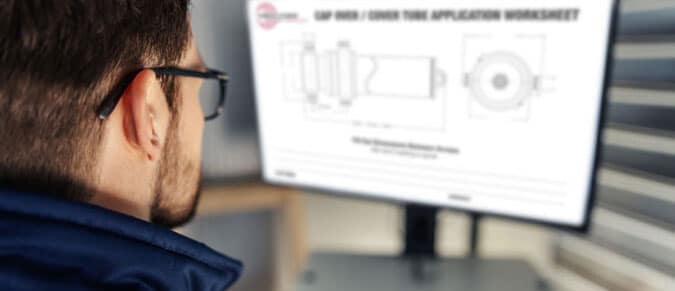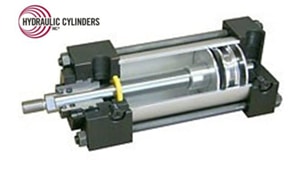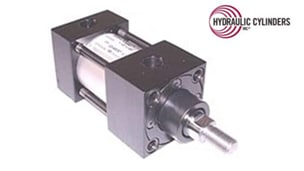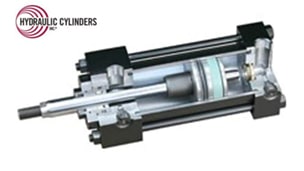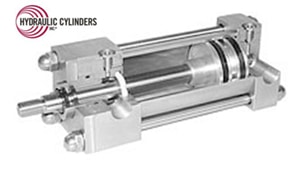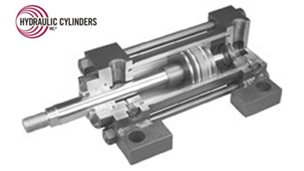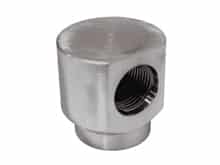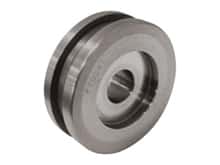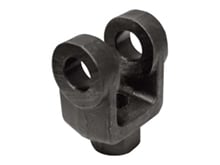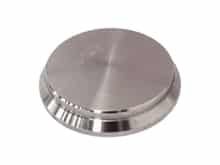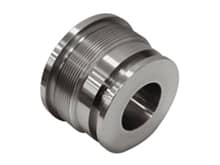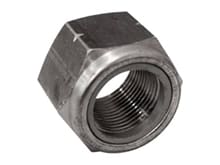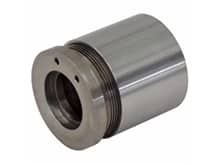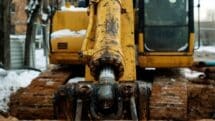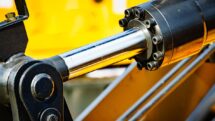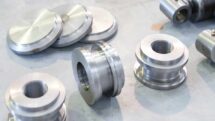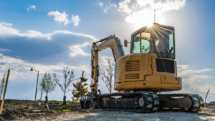Inspecting Your Hydraulic Cylinder
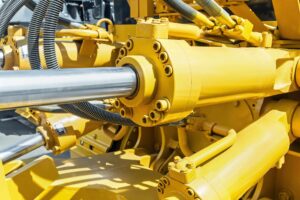
Hydraulic Cylinders are used in challenging environments that cause additional wear and tear on the cylinder and components. Following a regular inspection and maintenance schedule can improve hydraulic cylinder performance, prevent cylinder failure and decrease unplanned downtime.
Tips for Identifying Issues with Hydraulic Cylinders
Any piece of equipment or machinery brought down for inspection, maintenance, and repair should be evaluated for job effectiveness. Follow the tips below to identify common issues and maintain hydraulic cylinder performance.
1. Inspect Hydraulic Fluid and Filters for Contamination
Fluid contamination directly affects hydraulic cylinder performance. Particles from dirt, chemicals, and other contaminants compromise the lubricity of your hydraulic fluid, leading to accelerated wear, rust/oxidation, blockages, and potential cylinder failure.
Inspect hydraulic fluid regularly for dirt or foreign materials and take scheduled samples for analysis. It is also important to inspect the hydraulic fluid system filter for clogs or debris.
2. Inspect Hydraulic Cylinder Rod for Signs of Stress or Wear
Cylinder rods are prone to stress and wear over time, but a rough, bent, or scored rod will damage seals or allow for leaks. An improper mounting configuration can also bend the rod or mounts and cause leaks or cylinder malfunction.
3. Inspect System Component Seals and Fluid Lines for Leaks
Examine all lubricated areas and replenish them as needed. If you notice fluid leaking from around the hydraulic cylinder head and the rod does not appear to be scored or damaged, the problem could be a broken or severely worn seal.
4. Inspect Hydraulic Cylinder Tubes for Signs of Ballooning or Machine Interference
Cylinder tubes (barrels) can balloon over time, causing serious leaks, damage, and even hydraulic cylinder failure. This issue typically occurs when the cylinder wall is too thin, or the material is not strong enough for the cylinder operating pressure. You can inspect hydraulic cylinders for ballooning by performing a piston-seal bypass test.
5. Check for Sideloading During Hydraulic Cylinder Operation
Sideloading occurs when the cylinder has a sideways force applied that is not linear to the cylinder’s functioning motion. This force causes the rod to shift to the side rather than staying aligned. The risk is higher when the cylinder extends because there is less support on the rod than when the cylinder retracts. Cylinders with a longer stroke are also more susceptible to sideloading. It can lead to misalignment, tube scoring, bearing wear, and damage beyond repair if not corrected.
Better Hydraulic Cylinder Performance Begins with Using the Right Parts
Even when you have the right hydraulic cylinder installed and use the equipment properly, maintenance issues can still occur from unstable loads or shifts in the equipment’s center of gravity. The number one thing you can do to achieve long life and optimum performance is using the right hydraulic cylinders and components for your application.
If you find you need a replacement seal kit, component part, or an entire replacement hydraulic cylinder, we can help! Our hydraulic cylinder specialists are happy to help you demolish downtime and quickly get your equipment back up and running. Shop online, or call our experts at 866-817-9098 to get the parts you need.

